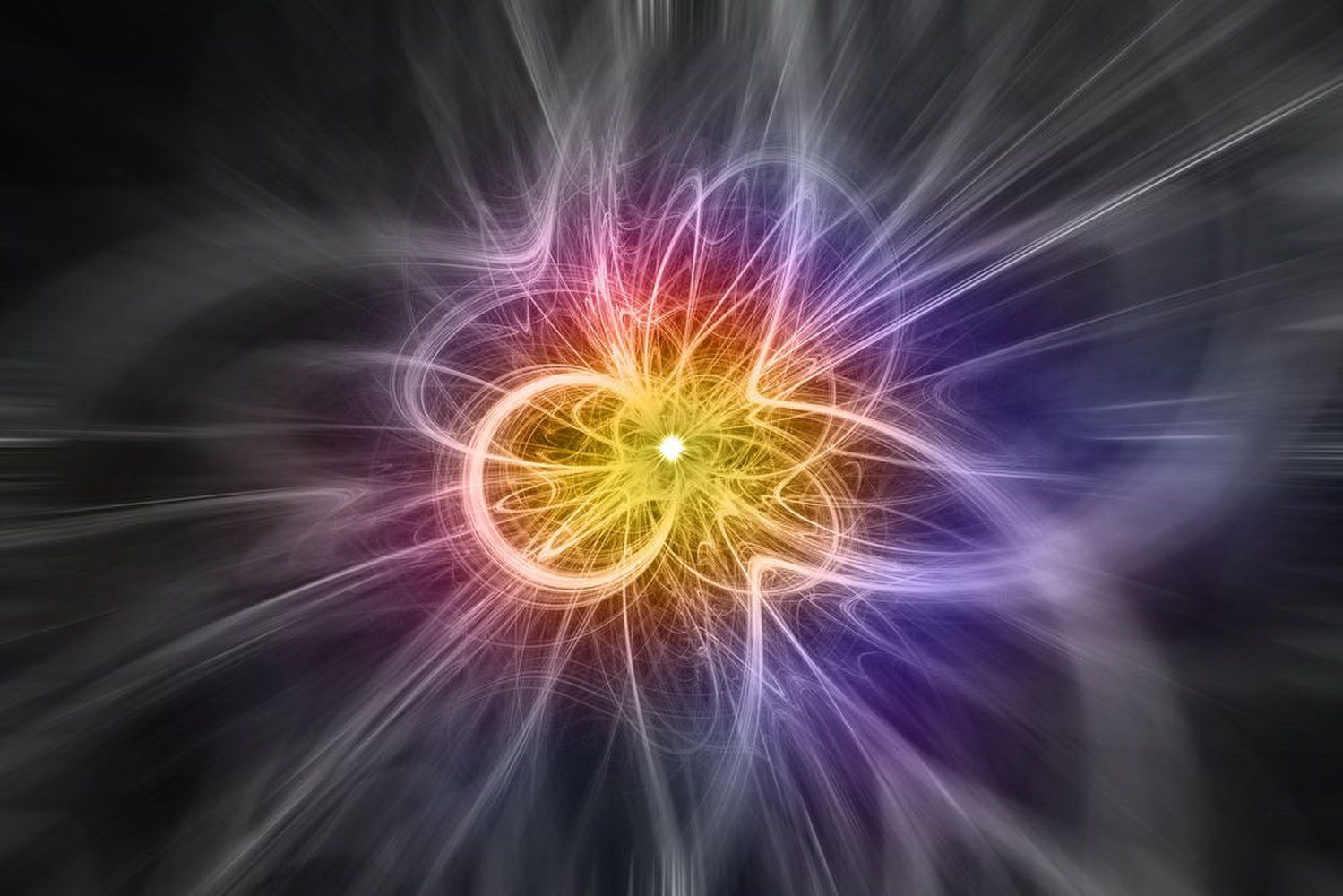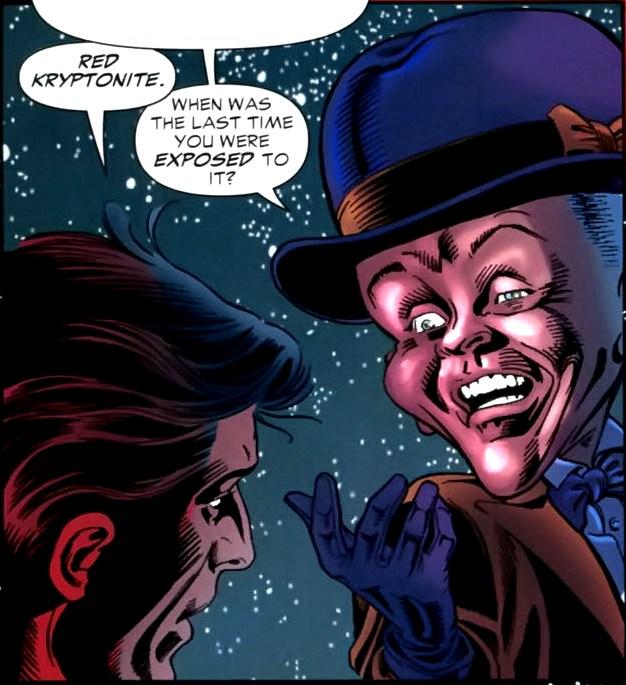

Read our interview with theoretical physicist John Ellis How the Universe may have lost its antimatter Step 1Īround nine billion years after the annihilation process ends, around 10 57 particles of matter come together under gravity to form the Solar System.

Precisely what it might be remains unclear, but experiments are already being planned to find out.Īstrophysics and particle physics are often dismissed as being utterly irrelevant to everyday life.īut by attempting to explain how antimatter lost out to ordinary matter in the birth of the cosmos, they hold the key to understanding our very existence. Physicists are taking this as a sign that the Standard Model is lacking something crucial. The bad news was that the measured level was far below that needed to explain the observed preponderance of matter over antimatter in our Universe. Credit: Millenium Simulation Projectīetter still, the level of CP violation was right in line with theoretical calculations based on the so-called Standard Model, the best theory currently available for understanding sub-atomic particles. The Standard Model explains the fundamental forces that govern the Universe. Firstly, to stand any chance of explaining the mystery of antimatter, CP violation had to apply to more than just K mesons.Īnd second, even if it applied to all particles, the effect had to be strong enough to explain the huge preponderance of matter over antimatter that we see today. The level of CP violation detected was very small, but in 1967 the brilliant Soviet physicist and dissident Andrei Sakharov showed that it might just explain why matter created in the Big Bang did not pair off exactly with all the antimatter.īut two big question-marks hung over Sakharov’s suggestion. This meant that antimatter does not always perfectly mirror the properties of ordinary matter. The first hints of what that something might be emerged in 1964, when American physicists studying so-called K meson particles discovered a bizarre effect called charge-parity (CP) violation. Credit: Rolf Wahl Olsenĭid something happen during the Big Bang to get rid of antimatter, while leaving enough ordinary matter behind to create the galaxies, stars and us? 'Ordinary matter makes up the stars, galaxies and us. While electrons are ubiquitous, it took a state-of-the-art particle detector to find even a single positron. Yet the discovery only served to highlight the mystery of antimatter. It was the first sighting of the particle predicted by Dirac’s equation four years earlier: identical in mass to the electron, but with a positive charge. In 1932, physicist Carl Anderson at the California Institute of Technology had developed a new type of particle detector to study cosmic rays, incredibly fast particles hurtling through the atmosphere from deep space.Ī photograph taken with the detector revealed something utterly bizarre: the trace of a particle behaving as if it were the exact mirror-image of an electron. What worried Dirac was that no-one had ever seen such a particle, or anything like it.Įven so, he decided to put his trust in his equation, and regard the new particle as a prediction.ĭirac’s faith was quickly rewarded. An image of the first positron ever observed.


 0 kommentar(er)
0 kommentar(er)
